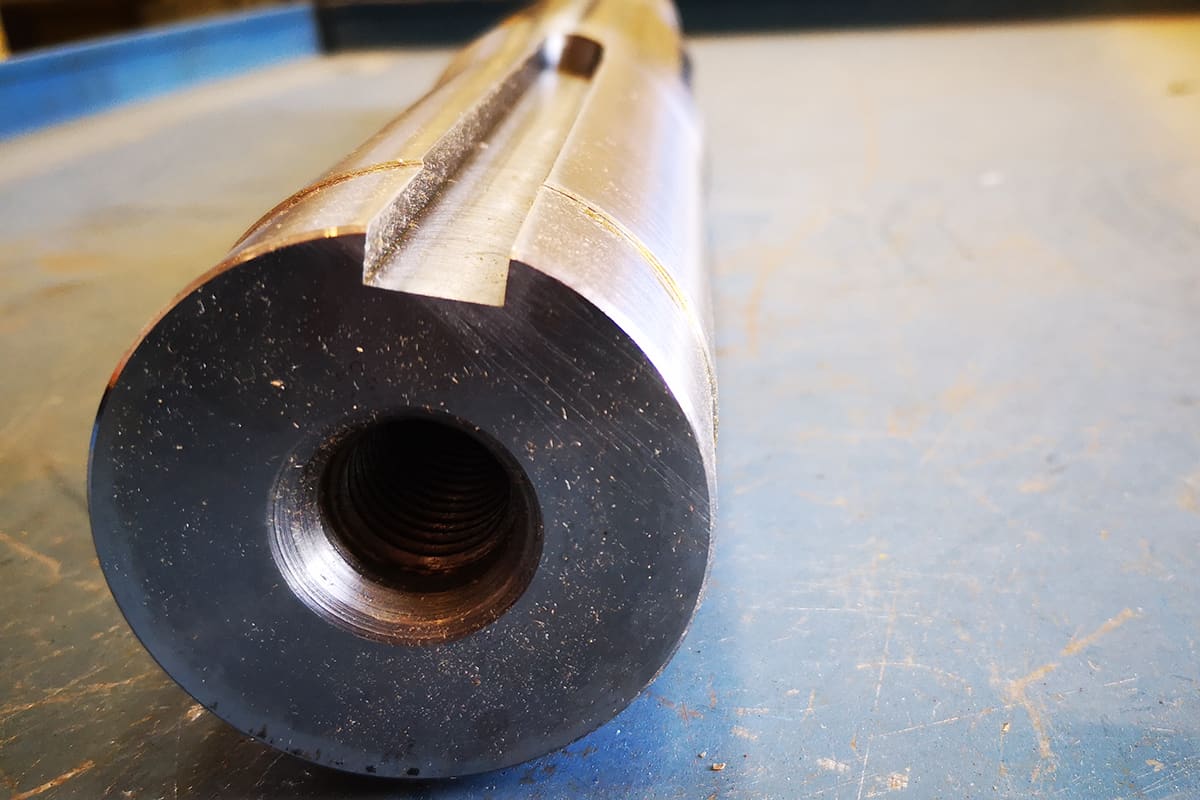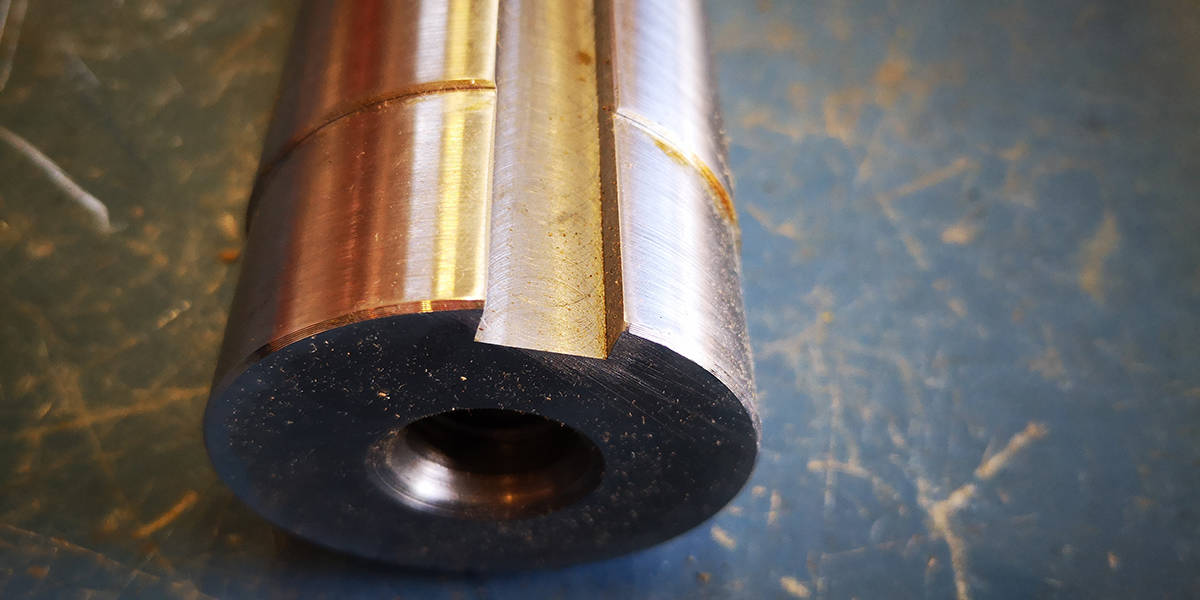If you’re looking at standard keyway size charts, you’ll also need to know more about keyways, and how they operate. Learn all about these in this article.
What is a Keyway?
A keyway, in its most simple terms, is the shape of the key, which correlates to the shape of the cylinder inside a lock. This is what allows for a lock to be opened, typically in order to gain access to a property.
The specifics of keyways can easily become very complicated, but essentially a keyway is the unusual shape that the key takes on the end where you insert it into a lock. This shape needs to exactly match the keyway inside the cylinder; otherwise, the key won’t be able to be inserted fully and won’t be able to unlock the device.
In more basic terms, imagine a key that is diamond-shaped. This diamond-shaped key is only going to be compatible with a diamond-shaped cylinder inside the lock. The diamond shape on the key is referred to as the keyway, and the correlating diamond shape inside the cylinder is also a keyway.
Both the keyway on the key and the keyway in the cylinder need to exactly match in terms of shape, size, and angles, in order for the lock to work successfully.
Keyway Sizes
The measurements on keyways need to be exact in order to function properly. If a keyway is off by just a millimeter, it can mean that the compatible key actually won’t be able to open the lock. Keyway size charts are available that list the exact measurements for different types of keyways.
These explain the sizes and dimensions required by different keyway families according to different manufacturers, and the charts are used in the making of keyways to ensure correct sizing.
Keyway size charts can come in both imperial and metric measurements. Imperial systems use inches and feet, and these are the standard units of measurements in the United States.
Canada also uses imperial measurements in some circumstances, though officially, the correct unit of measurement in Canada is the metric system, which includes meters, centimeters, and millimeters. All of Europe uses the metric system, including the United Kingdom.
Keyway size charts, even in countries that officially recognize imperial units of measurement, will often use the metric system because this makes for a smaller margin of errors, producing keyways that are more accurate.
If you need to find a standard keyway size chart, these are widely available online, or you can seek out a standard keyway size chart from the manufacturer of your keys.
Importance of Keyways
There are a huge amount of different keyway shapes and sizes, and of course, this is to enable us to feel safe and adequately protect ourselves and our properties from unwelcome visitors or intruders. The more different keyways there are, the smaller the chance is that someone else will be able to unlock your own front door with their key.
Keyways are extremely important because they are what allow us to effectively lock our doors when we leave our homes to protect the contents of our properties, and they are also what we use to lock our doors behind us when we arrive home, ensuring it is not easy to access the property unless you have the correct key.
It is for this reason that having a large number of different keyways available is essential. If there were only a small number of different keyways, then a potential thief could simply try his key in different front door locks until he had success and was able to open it.
With a huge variety of keyways out there, it means that it is very unlikely anyone could access your property by unlocking the front door unless you had given them a key.
How Many Keyways Are There?
The amount of different keyways available is extensive, but not every single key has a unique keyway. It is highly likely that you have the same key and keyway as someone living on the other side of your city.
However, the chance of actually finding a house that has a matching keyway to your own home is so unlikely that it verges on the impossible.
Each manufacturer of keys will have something that they refer to as ‘keyway families,’ which are identified by different alphabetical letters. These are used to identify keyways and also to maintain a high level of safety.
Open and Restricted Keyways
Within the keyway families, there are two different types of keyways. These are open keyways and restricted keyways. Open keyways are easier to get hold of since any key distributor is able to sell these types of keys without any special authorization.
If you have an open keyway for the front door lock on your home, and you give a spare key to a neighbor so they can check on your home while you’re away on vacation, then the neighbor could approach the manufacturer or a distributor to get a copy of the key without your knowledge and without needing any paperwork.
The neighbor would then, unknown to you, be able to access your property even once you had returned from vacation and had your spare key returned to you.
By contrast, a restricted keyway will have a more unique pattern, and no copies can be made without proper consent. When you first buy a restricted key, for example, for your front door, you will have to fill out some paperwork to prove to whom the key is registered.
If anybody tries to have a copy made of your restricted key, or if they request for a duplicate of the key, then they will not be able to do so unless they are listed on your original paperwork as an authorized user.
Paperwork is usually required as standard to get a key for a restricted keyway. This is a brilliant way to ensure the safety of your property and deter anyone from getting access to your personal belongings.







